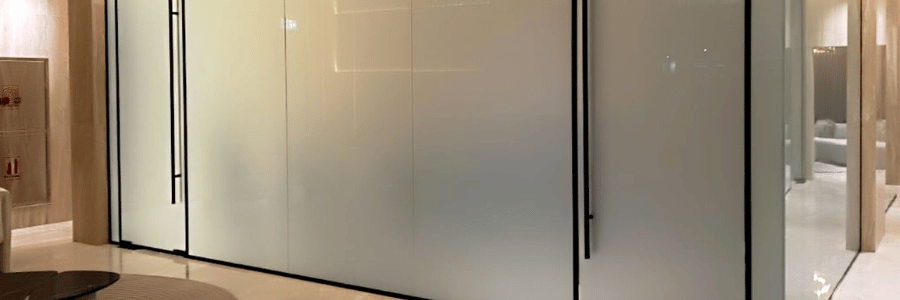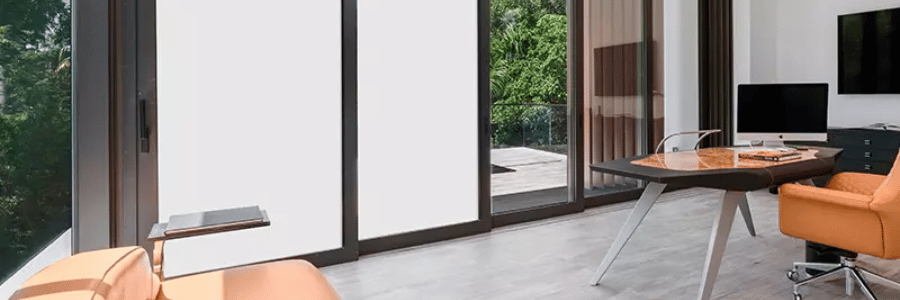In today’s world of evolving technology and smart home integration, one of the most innovative advancements in window design is the use of switchable smart glass. This cutting-edge technology allows windows to change their transparency or opacity with the flip of a switch, offering a variety of benefits ranging from energy efficiency to enhanced privacy. In this blog post, we will dive into the numerous advantages of switchable smart glass in modern windows and explore how it can revolutionize both residential and commercial spaces.
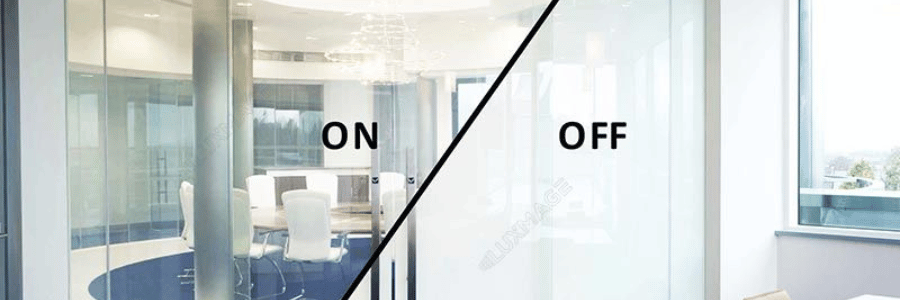
What is Switchable Smart Glass?
Switchable smart glass, also known as electrochromic or PDLC (Polymer Dispersed Liquid Crystal) glass, is a type of glass that can alter its transparency when an electric current is applied. The glass transitions from clear to frosted or tinted, providing control over light, heat, and privacy levels without the need for traditional blinds or curtains. This advanced technology is increasingly being used in homes, offices, and commercial buildings to enhance both the functionality and aesthetics of spaces.
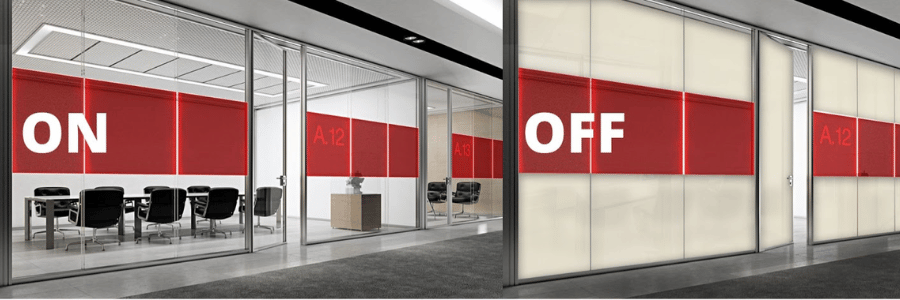
1. Enhanced Privacy Control
One of the standout benefits of switchable smart glass is its ability to provide instant privacy. Whether you’re in a meeting at the office or relaxing at home, switchable glass can be adjusted to obscure the view from the outside without sacrificing natural light. This is especially valuable for spaces like bathrooms, conference rooms, or high-rise apartments where privacy is a concern but the need for daylight is equally important.
In offices, the use of switchable glass can help create flexible workspaces, where rooms can easily be transformed from open-concept to private with a simple switch. It allows for a seamless transition between transparency and opacity, ensuring that privacy is maintained without the need for physical barriers like curtains or partitions.
2. Improved Energy Efficiency
Energy efficiency is one of the key selling points of switchable smart glass. The ability to control the amount of light and heat that enters a building can lead to significant energy savings. By switching the glass to its tinted or opaque state, you can block out excessive sunlight during the hottest parts of the day, reducing the need for air conditioning. Conversely, keeping the glass clear allows sunlight to naturally warm your space in the winter, cutting down on heating costs.
This smart glass technology helps maintain a more consistent temperature inside, which can also reduce the strain on HVAC systems, further lowering energy consumption. By contributing to better temperature regulation and minimizing the need for artificial climate control, switchable smart glass supports sustainable living and can reduce a building’s carbon footprint.
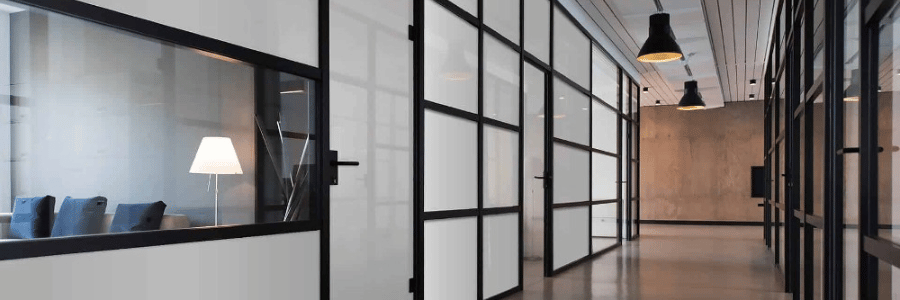
3. Increased Comfort
Comfort is another significant benefit of switchable smart glass, especially when it comes to regulating light and temperature within a space. Traditional windows allow sunlight to penetrate, which can lead to glare and excessive heat during certain times of the day. Switchable smart glass eliminates this issue by enabling users to adjust the level of light coming through the windows.
In addition, this technology helps reduce the hot spots and cold drafts that are commonly experienced with conventional windows. It provides better insulation and can enhance the comfort level in both residential and commercial settings by maintaining a more stable indoor climate. This is particularly important in spaces like offices and homes where occupants may be sensitive to temperature fluctuations and glare.
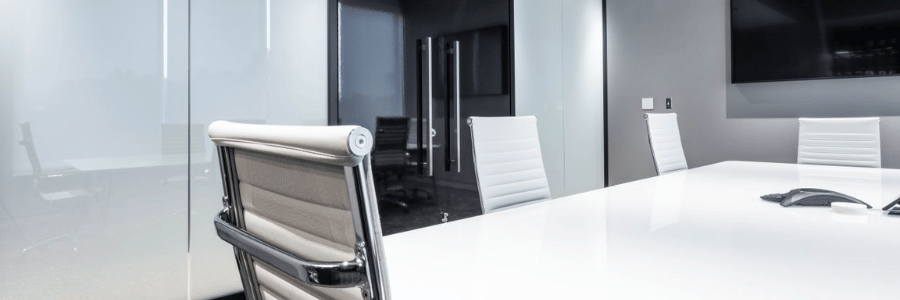
4. Aesthetic Appeal and Design Flexibility
Beyond the practical benefits, switchable smart glass also offers aesthetic advantages. Its sleek, modern appearance enhances the design of both residential and commercial spaces. The ability to change the transparency of the glass adds a dynamic element to a room, giving it a contemporary, high-tech look.
For architects and interior designers, switchable smart glass opens up a world of possibilities. It allows for cleaner, more minimalist designs by eliminating the need for bulky window treatments like blinds or shades. The glass can be seamlessly integrated into walls, doors, skylights, and facades, creating a sleek and polished finish that enhances the overall aesthetic of the space.
Moreover, the glass can be used to create feature windows that add a sense of sophistication and luxury to a building, without sacrificing functionality. Whether you’re designing a modern office building or a high-end home, switchable smart glass can add value and visual interest to the architecture.
5. Glare Reduction and Better Lighting Control
Glare from direct sunlight can be a major issue in both residential and commercial spaces. It can disrupt daily activities, such as working on a computer, watching television, or even reading. Switchable smart glass can significantly reduce glare by allowing users to adjust the transparency of their windows, ensuring that sunlight doesn’t become an inconvenience.
By controlling the amount of natural light entering a space, smart glass also helps optimize lighting conditions. This is particularly useful in spaces where natural light is desired, but too much sunlight can lead to discomfort or damage to furniture and flooring. The ability to control light levels enhances both the function and appearance of a room, making it more pleasant to live or work in.

6. Sustainability and Eco-Friendly Design
Switchable smart glass is an eco-friendly choice for modern buildings. By reducing the reliance on artificial heating, cooling, and lighting, it helps lower overall energy consumption. This can contribute to more sustainable building practices, helping homeowners and businesses achieve green building certifications, such as LEED (Leadership in Energy and Environmental Design).
The reduced need for air conditioning and heating systems can also extend the lifespan of HVAC equipment, reducing the environmental impact associated with manufacturing and disposing of such systems. Furthermore, because smart glass requires less maintenance than traditional window treatments, it can also contribute to sustainability by reducing the need for replacement materials and waste.
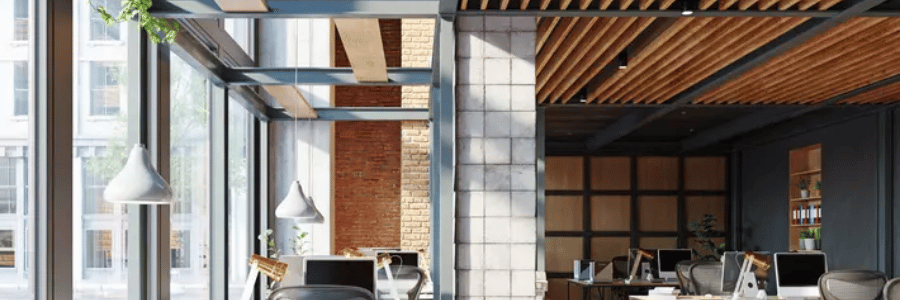
7. Applications in Commercial and Residential Spaces
Switchable smart glass is versatile and can be used in a wide range of applications in both commercial and residential settings. In offices, it can be used to create flexible meeting rooms, partitions, and facades that adjust according to the needs of the space. In commercial buildings, smart glass is perfect for store windows, where it can be used to control visibility and privacy or even for advertising purposes when switched to a frosted or opaque state.
For residential spaces, smart glass can be installed in windows, skylights, and even shower doors. It offers a perfect solution for creating private yet light-filled spaces without compromising on aesthetics. Whether you’re designing a modern home, a high-rise apartment, or a commercial office, switchable smart glass adds a layer of convenience, comfort, and sophistication.
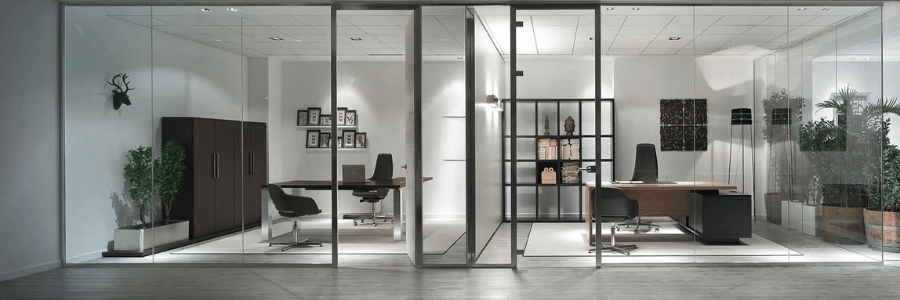
Conclusion
Switchable smart glass is a game-changing innovation in window technology, offering a wide array of benefits ranging from enhanced privacy and energy efficiency to improved comfort and aesthetic appeal. Whether you’re building a new home, renovating an office, or designing a commercial building, this versatile technology allows you to create spaces that are not only functional but also stylish and sustainable. With its ability to control light, heat, and privacy at the touch of a button, switchable smart glass is truly transforming the way we think about windows in modern design.

